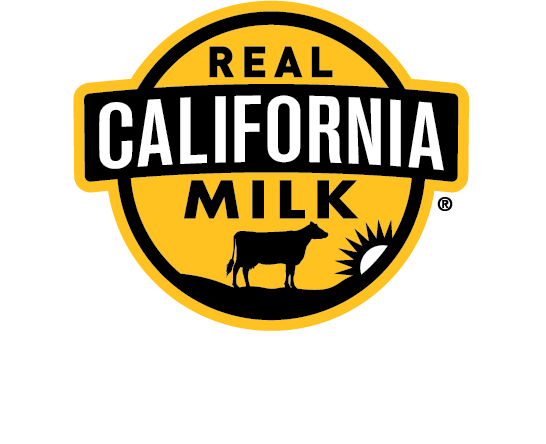From the Summer 2017 Newsletter
Specialty Cheeses Transform Pizzas
Add California Specialty Cheeses to Increase Profit

Pizza Operators seeking an edge in today’s competitive restaurant world can tap into their creative juices for new menu ideas. A logical starting point is with cheese – the true foundation of a great pizza.
Many pizzerias add bold-flavored specialty cheeses to satisfy patrons, increasing check averages and boosting operator profitability. There’s a cheese for every palate and every occasion. While Mozzarella, with its adaptable flavor and stringy texture, tops the list of pizza applications, many customers crave adventurous alternatives. The customer-oriented pizza chef will test and blend a variety of cheeses in search of the next “wow” recipe.
California Milk Advisory Board consulting chef, Mark Todd, recommends the following artisanal, specialty cheeses to boost a pizza’s flavor profile:
BLUE CHEESE
RICOTTA
AGED PROVOLONE
FETA
MONTEREY JACK
CHEDDAR
GOUDA
FONTINA
By blending cheeses of different fat/protein ratios – whole milk and part skim – chefs can change the browning rate, the melt and flow characteristics to fit their ovens, crust, and customer preferences. In addition to the improved technical aspects of blends, they also allow for plentiful flavor profiles, from mild and buttery to intensely savory and distinctly aromatic.
Textures range from creamy to chewy. Most blends incorporate approximately 80% part-skim Mozzarella for its superior browning characteristics and its attractive price point. The remaining percentage can be any whole milk cheese, such as Brie or Blue Cheese, Provolone, Monterey Jack, Fontina or Gouda. Using a smoked cheese in the blend adds great depth of flavor and improved aroma that bring additional layers of flavor to the pizza.
Since American palates are turning toward spicy flavors, Pepper Jack is a fine way to add a little “heat” to create a Mexican-style pizza. It’s ideal in a blend, too, because its high fat content allows the cheese to melt and flow beautifully on a pizza without browning.
A smart, cost-saving, back-of-the-house tactic, is to strive for a double bounce on the cheeses that operators already order for both salads and pizzas, such as Blue Cheese and Feta. When it comes to sourcing specialty cheeses, California is a consistent, quality source: The state’s cheesemakers make more than 250 varieties and styles of cheese, and California is no. 1 in the nation in the production of Mozzarella, Hispanic and Monterey Jack cheeses.
Pizza operators should explore a wide range of specialty cheeses and taste profiles to differentiate their signature menu selections from the competition. By experimenting, they can craft their own sure-win collection of diverse pizza cheeses.
For recipe ideas that will thrill restaurant patrons, visit http://www.realcaliforniamilk.com/foodservice.

